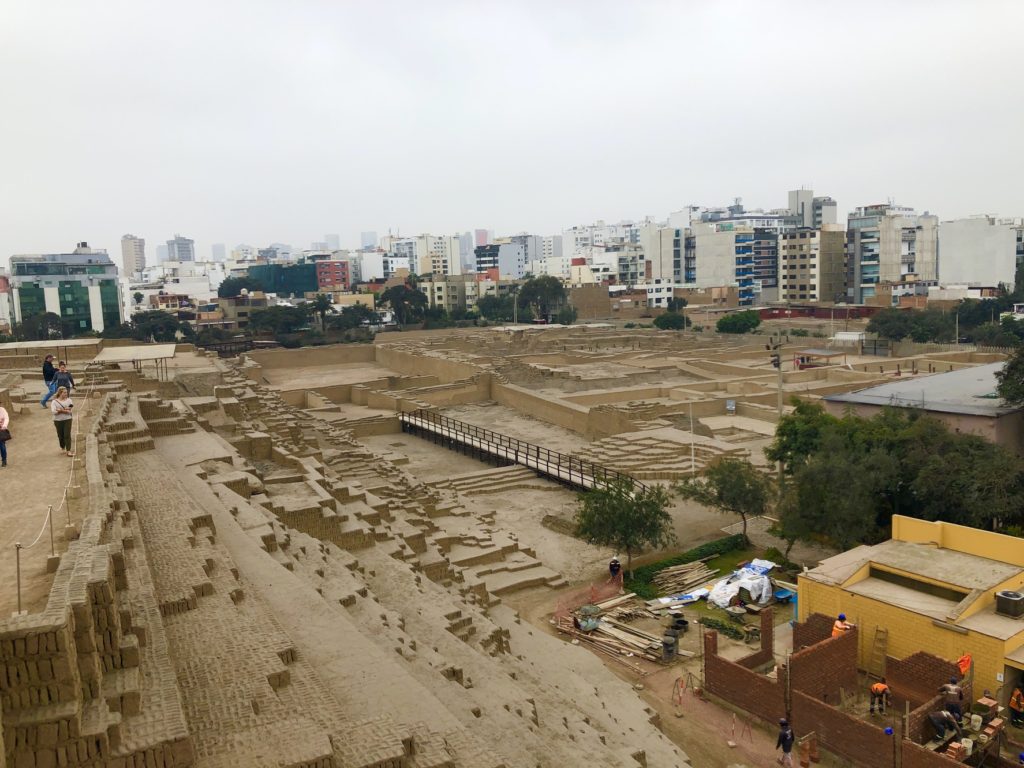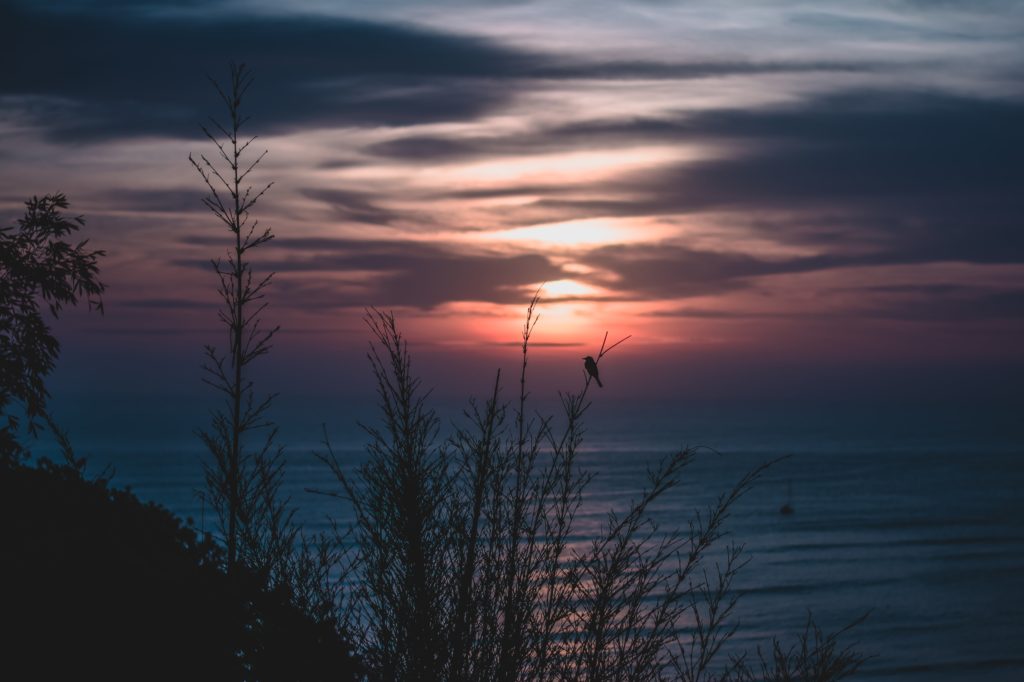- MIRAFLORES
- SAN ISIDRO
- PYRAMID
- BARRANCO
LIMA ITSELF
To be completely honest with you, I’m not a fan of big cities. Yes, I know there’s Paris, Amsterdam, San Francisco, and other great cities out there. But, for the most part, in most countries, a city is just a city. That’s pretty much the case for Lima. There are things to do, places to see, and great places to eat, but that pretty much describes any city. You’re not going to fly halfway across the world to Peru and put Lima on the top of your bucket list. But, if you’re like us, you probably have to fly into Lima, so why not give it a try and make the most out of your stay.
Just to give you a heads up before arriving, you’re most likely not going to see the sun in Lima. The locals we met called it a year round fog, but you can make up your own mind about that. I have a slight feeling that 10 million people with vehicles and a lack of reinforced pollutant regulations has something to do with gray skies. On a lighter note, you might see some blue sky near the beach, although it could be a bit nippy. Either way, you’re most likely going to be in Lima, so let’s make the most out of it!
MIRAFLORES
We touched down in Lima to kick off our journey and headed to the Miraflores district where we booked our Airbnb nearby in the San Isidro neighborhood. Miraflores is one of the nicer neighborhoods in Lima and close to many of the sites you’ll want to visit while you’re there. We caught an Uber from the airport while we were still connected to the wifi and arrived at Parque Kennedy where you’ll find many foreigners, hostels, coffee shops, restaurants and bars. And while Lima isn’t known as the safest of places, you’ll find that the Miraflores and San Isidro area is upscale and has a level of security not felt throughout the rest of the city.
After getting some of that authentic Peruvian coffee and food in our stomachs we went in search of a prepaid SIM card that would be our savior for the coming weeks. I’ll save you the hassle of weighing all your options and tell you that we found the perfect plan. Bitel offers a tourist plan for 20 USD that gives you unlimited calls and texts with 10GB of data. There is a store in Miraflores and all you have to do is give them your passport to scan and around 67 PEN (20 USD) and you’re good to go. That lasted us the entire 3-week trip without having to top up and we had service everywhere we needed it.
SAN ISIDRO
The decision to stay in San Isidro ended up being a safe call. The neighborhood felt very safe and a local security guard even made sure we weren’t burglars when we arrived at our Airbnb, which was a little annoying and a bit of a hassle at first, but in the end it’s nice knowing that you’re in a safe area. We paid around 22 USD for our Airbnb, that included an entire unit with a decent bathroom, comfy bed, and floor to ceiling windows with a balcony in an old colonial building. Not too shabby, but you could find much better for 15-20 USD extra per night.

PYRAMID
After checking into our place we headed over to Huaca Pucllana, a pyramid built between 200 and 700 AD by the early Lima people. Most of this archeological site was discovered in 1981 and since then has been unearthed, although it still has a long ways to go before its restored to its original form. Nevertheless this adobe built pyramid used for religious ceremonies and sacrifices is something worth checking out. And I would recommend the tour, which will run you about an hour, because without it you won’t appreciate the splendor that comes with the information the passionate guides provide.
BARRANCO
In the evening we headed over to the Barranco district on foot, which ended up being a longer haul than we anticipated, so we took a taxi back. Barranco is known as the bohemian district and is home to musicians and artists alike. With beaches at the foot of cliffs surrounded with homes, restaurants, bars, and a picturesque walking bridge, it’s no wonder that this district found popularity with tourists and aspiring artists since the 19thcentury.
Since Peru is known as the birthplace of ceviche, we found a restaurant with a tasty set menu including ceviche, other seafood dishes, and drinks. And as far as drinks go in a developing country, Peru has you covered in that department with pisco sours, different varieties of Cusqueña beers, and wines from Ica, their growing wine region in the country. Although it’s not the wine you’re probably used to, Peruvians love it, and just might acquire a taste for it after a week or two.

CONCLUSION
In the end, Lima wasn’t so bad. We saw the the most exciting districts, sampled some delicious foods, drank some local coffee, and even explored a pyramid and learned some history, which we weren’t expecting. I would say we stayed just the right amount of time. Afterall, we had a lot of outdoor adventures planned for Peru and it was time to get a move-on.

